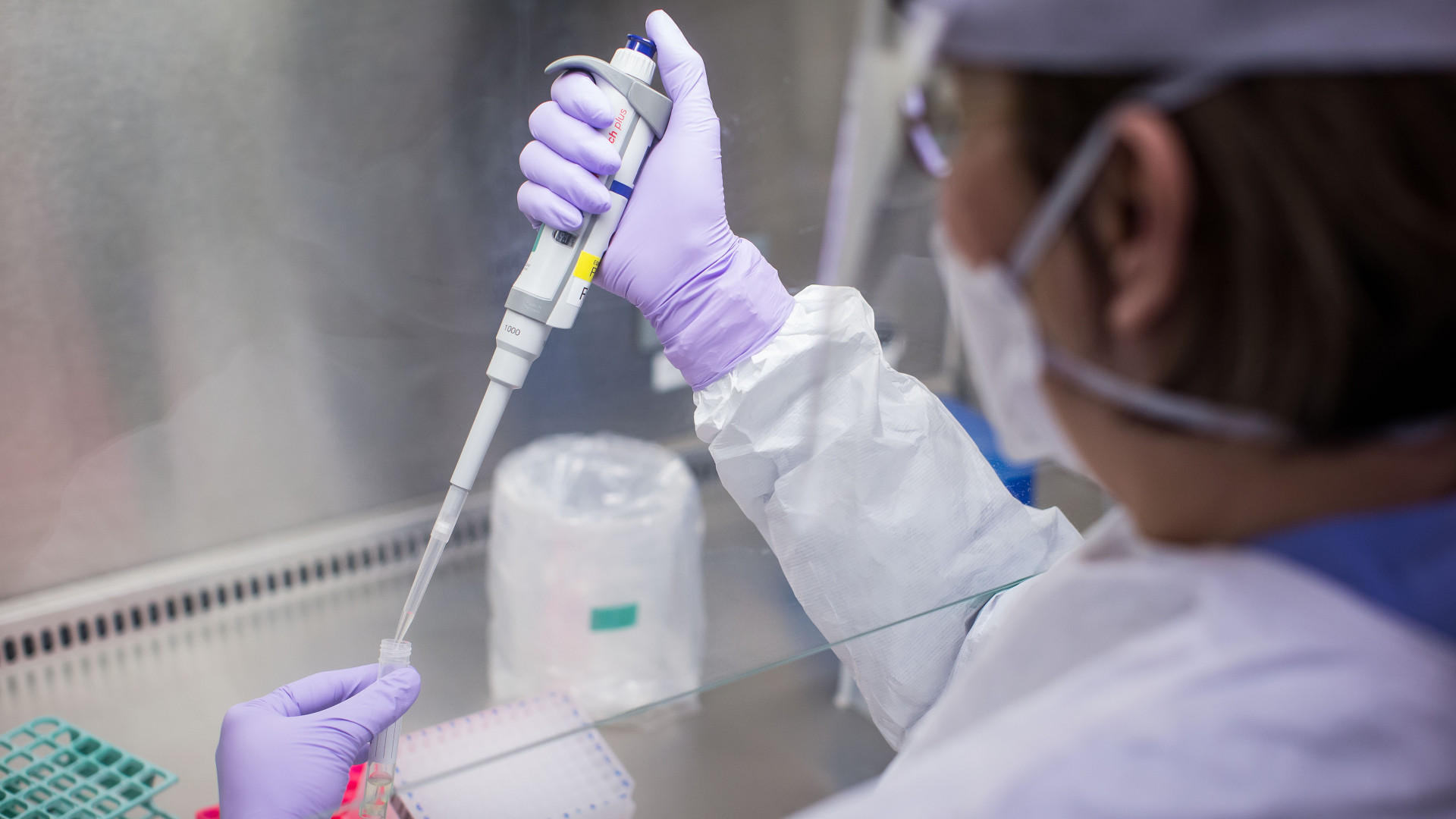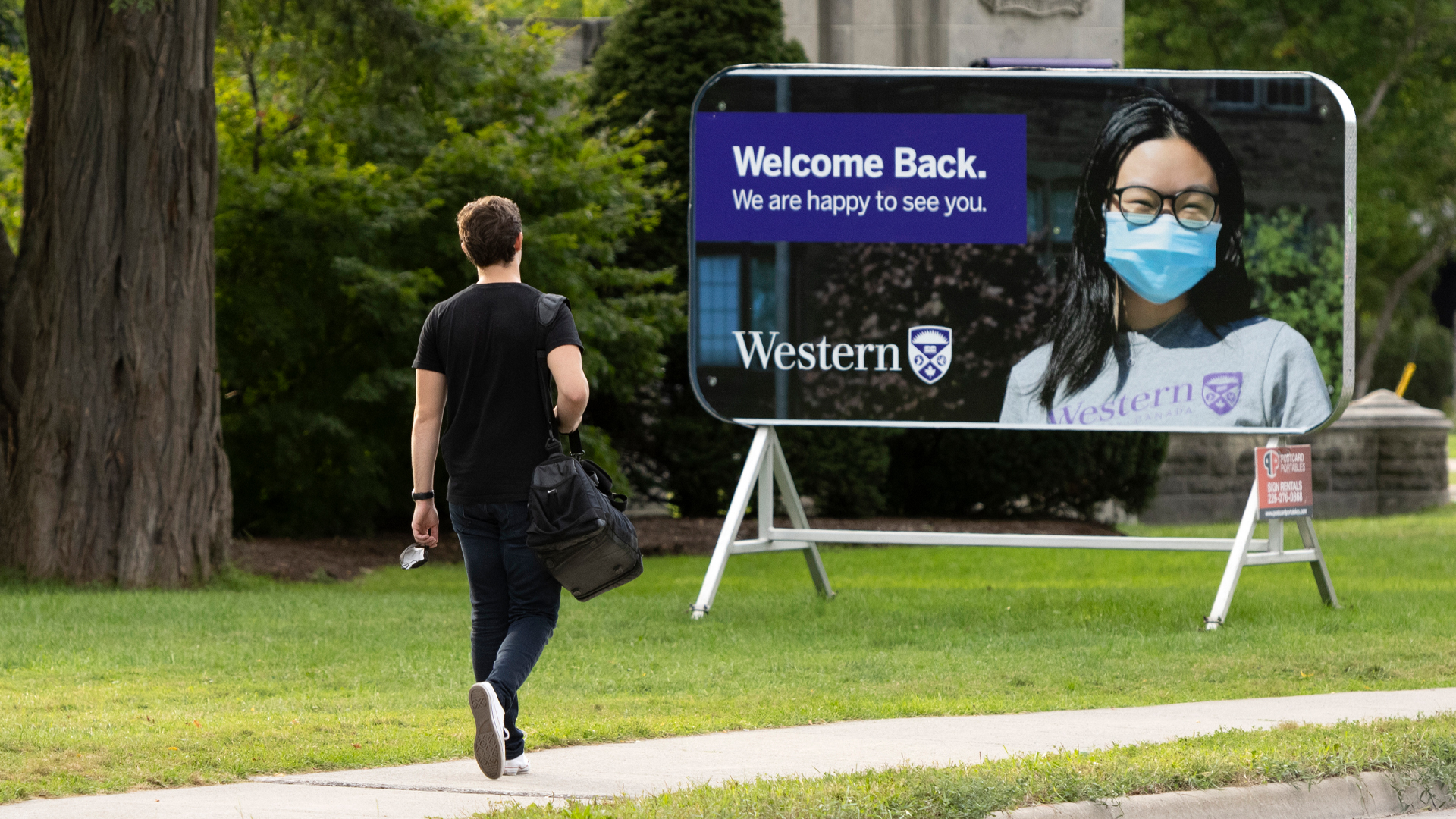
Universities welcomed students back to campuses this month, during what is predicted to be another substantial wave of COVID-19. Educational institutions like universities are the main source of spread for this virus. While many may be sick of hearing about the pandemic, ignoring it won’t protect those who work and study in a university setting.
This summer, many felt life return to normal. COVID numbers were at relatively low levels and masks were tossed aside like winter jackets. The pandemic was declared “over” – despite evidence to the contrary.
There was little public information provided on the substantial harms of reinfection and post-COVID conditions. Precautions became framed as a matter of personal choice as the public health requirements were dropped. Individuals, however, don’t exist in isolation: actions affect others.
Universities are communities of learning dedicated to research and committed to equity. They must ensure their approach to COVID is inclusive, particularly with infection rates already surging in many countries, and starting to rise again in Canada. As centres that foster critical thinking, universities should be at the forefront of developing inclusive ways to protect their communities.
There is now substantial and conclusive evidence that even mild COVID infections can cause prolonged harm. Reinfections increase the risks – even for otherwise healthy, vaccinated people – of long-term damage to the brain, heart, and lungs. Reinfections also increase the risk of long COVID, which covers a range of post-infection conditions, including cognitive impairment that may increase over time.
Research also shows that immunity provided by vaccines and prior infections wanes and provides insufficient protection. Fewer than six per cent of Canadians have received a booster in the last six months, and there are more immune-evasive variants. Antiviral treatments, such as Paxlovid, may not be the failsafe many hoped for.
Widespread transmission at universities increases the barriers faced by those who are already marginalized. People with disabilities are at higher risk of short and long-term harms. Systemic racism generates health disparities directly related to COVID. And those who experience homophobia and transphobia when accessing health care are also at greater risk.
Many members of the university community are also care providers for babies and young children, who have limited or no vaccine options, depending on age. They also may interact with the elderly, who continue to have the highest death rate from COVID-19.
There is a significant strain on students, staff, and faculty struggling to catch up after repeated illnesses. Students fade away from university life or disappear altogether or make difficult decisions to put themselves or their loved ones at risk to stay in class. As more people develop medical conditions due to COVID, the number of students dropping out will increase.
University leadership must take notice. The precautionary principle and steps to prevent infection should be put in place across Canada. Public health guidelines emphasize the need for a layered approach that includes vaccinations, masking, regular testing, and improved air quality in advance of – not just in response to – peaks in transmission.
Universities can help reduce the toll of the emerging wave by requiring masking on campuses now, when it will have a greater effect. Importantly, research indicates that two-way masking offers better protection than one-way masking. Also, high quality (N-95 masks) should be made readily available and mask-required room options during exams should be offered.
Individually or collectively, people can advocate for mask requirements in the spaces they frequent, in their own classes and at the events they attend and organize on campus. Events with meals can be moved outdoors as weather permits. Disability justice advocacy should be supported as it expands to include infection-mitigation measures. A meaningful application of equity principles means making shared spaces accessible for all and prioritizing those who are excluded.
But masking need not just be either mandated or ignored. If a mask requirement is not possible, spaces or events can be deemed “majority masked,” with an expectation that everyone will wear a mask unless they have a reason not to.
“Considerate masking” could become the norm – the principle that, when one person in the room is masked, others automatically mask as a courtesy. This takes the onus off the original masker to always ask others. Those in leadership roles (professors or meeting chairs) should take the lead.
A multi-layered approach to preventing COVID-19 requires improved mechanical ventilation and HEPA filtration. Experts are calling for a clean air revolution, akin to the 19th century clean water revolution that overhauled sewage systems to prevent diseases like cholera.
Ventilation and filtration reduce COVID particles that otherwise remain airborne for hours. Ventilation systems should bring clean air in and virus-laden air out of a room at a rate of six to 12 air exchanges an hour. Recently published standards to prevent disease transmission would reduce infectious aerosols, but will require time and money from universities. It’s a good investment.
In the meantime, universities should purchase HEPA purifiers or, to save money, join other educational institutions using easy-to-make, highly effective Corsi-Rosenthal boxes.
Universities must act on their obligation to create a safe learning and working environment through monitoring and improving indoor air quality. Carbon dioxide monitors offer a measure of whether a space is well ventilated and can be mounted in classrooms. Inexpensive monitors are easily available, including at many libraries.
Rather than relying on a complaint driven and decentralized process, universities need to provide real-time, public displays of air quality readings in all spaces and act when readings are high. Improvements must be made to university buildings.
The gender gap in disaster preparedness
Future pandemics demand a response that’s better focused on inequities
Rapid test distribution has ended in Ontario. Universities can make tests widely available and inform people about when and how to test. A crucial component of avoiding outbreaks is knowing when it’s COVID rather than the flu.
Many people have – understandably – been keeping their heads down and pushing through, but it’s time to take stock. COVID is still dangerous.
More effective vaccines are in development, but until there is reliable protection, universities should be leaders in inclusive, evidence-based infection prevention.
Universities need to offer masked spaces, ensure ventilation standards are met and provide testing kits to their communities. These measures must be in place until there are vaccines that prevent transmission and ways to treat long COVID.












